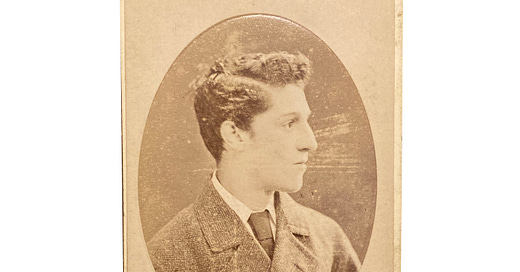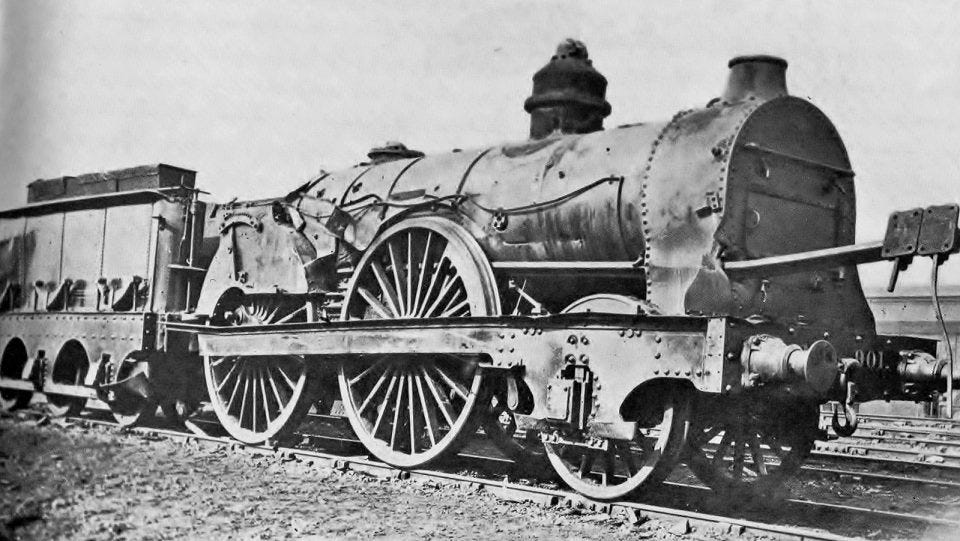I’m always on the lookout for interesting photographs for my collection. I have to say I don’t stop at photographs… my collection includes everything from old books, cameras and ceramics to enamel signs, more old books and even the tail end of a second world war bomb! (In general, my family would give this all the general title of rubbish!)
About 10 years ago I bought a leather covered photograph album with a heavy brass catch which contained around 50 Victorian carte de visite photographs from the 1860s and 70s. As I usually do when I find something like this, I took each photograph out in turn to find out whether there was any information on the back or if the name of the photographer was given (I specifically collect photographs local to Berwick and North Northumberland). Sadly this album didn’t contain any of these but it did have one gem with a very poignant story!
The photograph was taken in 1877 by Mr J.G. Tunny of Edinburgh, as you can see by his tagline at the bottom of the card. We see a young man photographed in profile wearing a coarse tweed jacket, a shirt and tie. At a first glance, this was just another standard Victorian studio portrait but the inscription on the back changes everything.
The young man in the photograph is Robert Nairne McNab Cottam, son of John Sydney Cottam, a music seller living at 51 Cockburn Street, Edinburgh. John Cotham’s business involved not only the sale of sheet music and musical instruments, but also tuning pianos. Robert was employed in the business too.
At the age of 16, Robert was on his way to London to train as a piano tuner, presumably to return to the family business once his time was served. I think it’s safe to presume that the photograph was taken shortly before he made the journey to London as a memento for his family during his absence which could have lasted several years.
Robert boarded the train at Edinburgh’s Waterloo Station at 10.30pm on Saturday 24th March. He sat in a third class compartment and at their parting, his father asked a man in the same compartment to keep an eye on his son for the journey. The train pulled out of the station at 10.45pm, Robert’s journey had begun!
Steaming south, the train stopped at Berwick at 12.35am and on examining the engine, the engineer found all well, northing was out of the ordinary, except that the train was running slightly late. Continuing south, the train passed Morpeth at 1.42am and it was here that disaster struck.
Despite the fact that the train was only travelling at 25mph, a section of faulty track caused it to de-rail. The accident resulted in the death of five people, one of them being Robert. His father identified his body at Morpeth Station the next day and also noted that the body next to that of his Son was the man he had asked to take care of him in the compartment.
A tragic story of a young life cut disastrously short, but I hope it goes to show the power that a photograph can hold.






